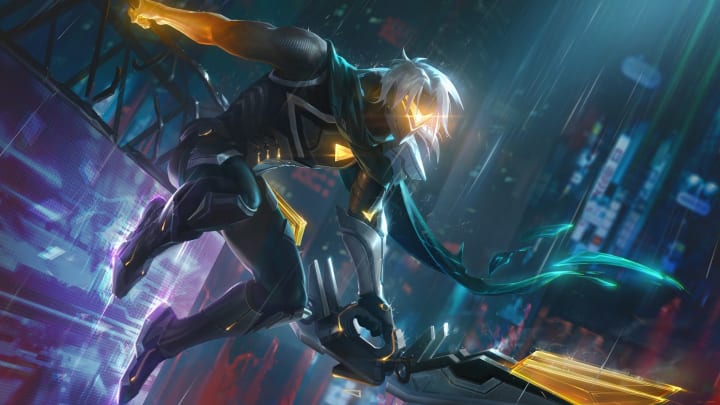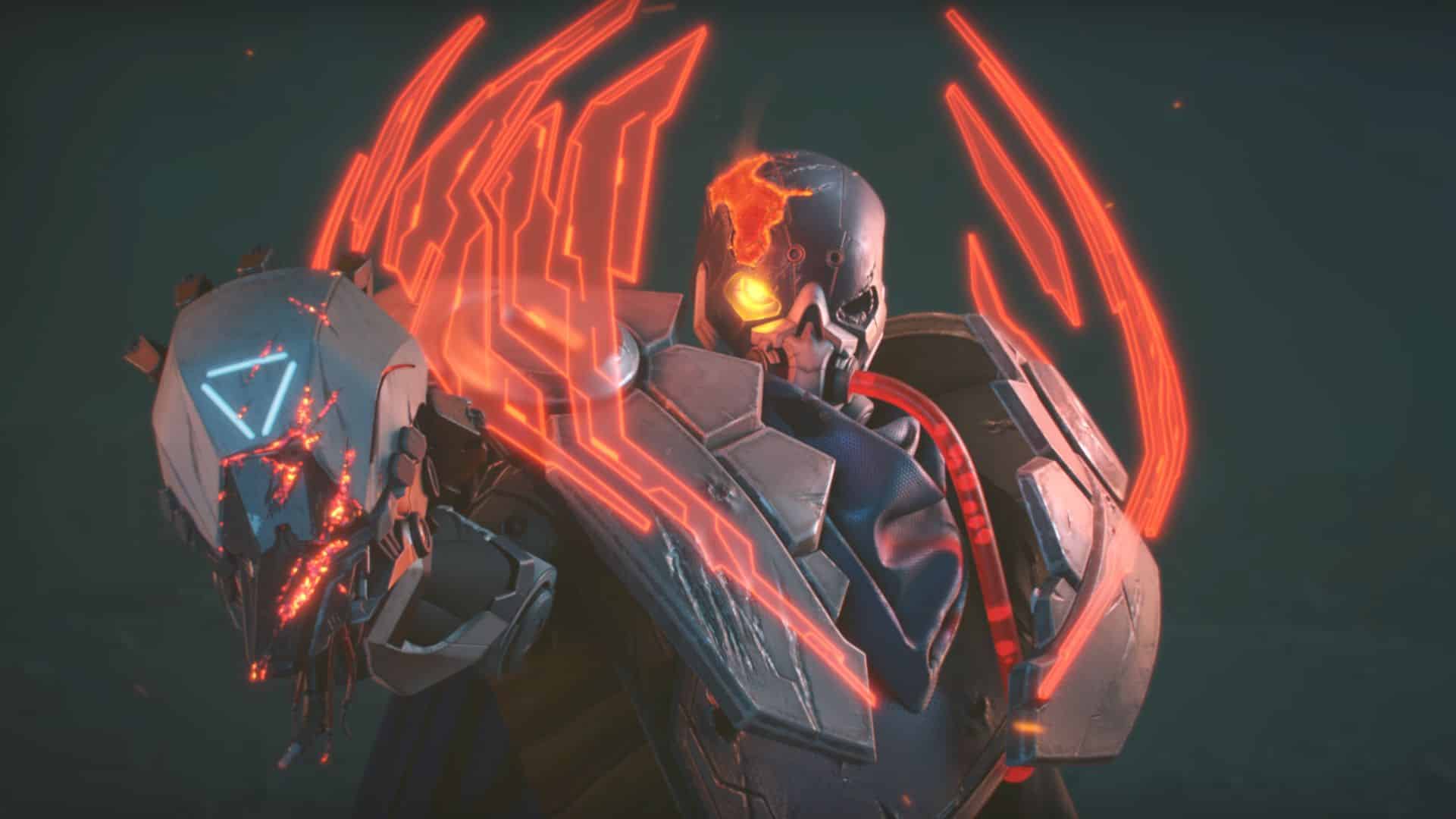Picture it: You’re an ADC staying behind your tanks, free-firing onto the enemies. Everything sounds perfect, right? All of a sudden, their assassin jungler jumps onto you, and in less than 3 seconds, you’re dead. You think to yourself, “How did he kill me so quickly?” You open up the scoreboard, see all the lethality items he bought, but are still confused. Again, you think to yourself, “What is lethality?” This article will explain what lethality is in League of Legends, and why it’s very popular, even in pro play.
What is lethality?
In League of Legends, lethality gives flat armor penetration. Rather than calculating percentages when it comes to armor penetration, it uses a flat amount. This is very useful against squishy champions, who usually stay in the backline. Because they’re more focused on damage items, it is less likely for them to build items that boost armor. As such, they have significantly low armor, which gives lethality items a chance to shine.
To fully grasp what lethality is, we need to look at a certain stat. Like most, if not all, MOBA and RPG games, League of Legends has armor. Armor is what helps characters reduce damage taken from any source. The more armor somebody has the tankier they are and the less damage they take. More often than not in MOBAs, this is at the cost of building items that don’t boost damage. This is why the tank role exists: to focus on being a beefy front line for your team.
To help get through that armor, there are multiple ways to do it: armor reduction, or armor penetration. Armor reduction is not a stat, but rather an effect of different items, or abilities. By reducing somebody’s armor, champions without armor penetration can inflict more damage onto enemies. On the other hand, armor penetration is what breaks through the armor, after all, armor reduction has been calculated.
How to calculate lethality
Bringing up calculations, here is the order in which the calculation is done, to determine how much damage an attack does. First is flat armor reduction, follow by percentage armor reduction. After the reduction is done, next comes in percentage armor penetration, followed by lethality.
It’s important to note that it does not penetrate armor fully at early levels. Like most things in the game, lethality scales. To be more specific, the following is the calculation for lethality’s numbers.
Flat Armor Penetration = LETHALITY × (0.6 + 0.4 × level ÷ 18)
Looking at the formula, we can take away that at level 18, you have full lethality values from the items you have.
Items that give lethality
In League of Legends, there are only a few items that help boost lethality on champions. In terms of the mythic items, these include Duskblade of Draktharr, Eclipse, and Prowler’s Claw. A popular choice has been Prowler’s Claw, thanks to its unique mythic passive. This passive gives other legendary items an additional 5 lethality, regardless of what base stats it has.
Another popular choice is essentially a mini Elder Dragon : The Collector. The item provides a decent amount of damage, critical strike chance, and 12 lethality. However, it is the unique passive that makes it menacing. Collector enables execution on champions that have below 5% health post-mitigation damage. This, combined with the stats it gives, makes it a very popular choice both casually, and professionally.
Why is it so popular?

Lethality in League of Legends is popular, even outside of assassins. One popular choice in pro play is lethality Varus. Like I mentioned earlier, it shines shines when you’re focusing the backline. By having a flat amount of armor penetration, you reduce their armor by a significant amount.
For example, an enemy Ashe has 40 armor. If you had 40 lethality, you’d effectively be doing maximum damage. Compare it to items that give armor penetration, like Lord Dominik’s with 35%. You would effectively only be damage to the Ashe as if it has 26 armor.
On champions with high damage abilities, as well as long-range abilities, this is especially useful. By getting access to the backline, you can easily burst out the main damage sources of the enemy team.
So next time you’re on the rift as an ADC, and you see the enemy team building lethality, now you know why they burst you so quickly.

